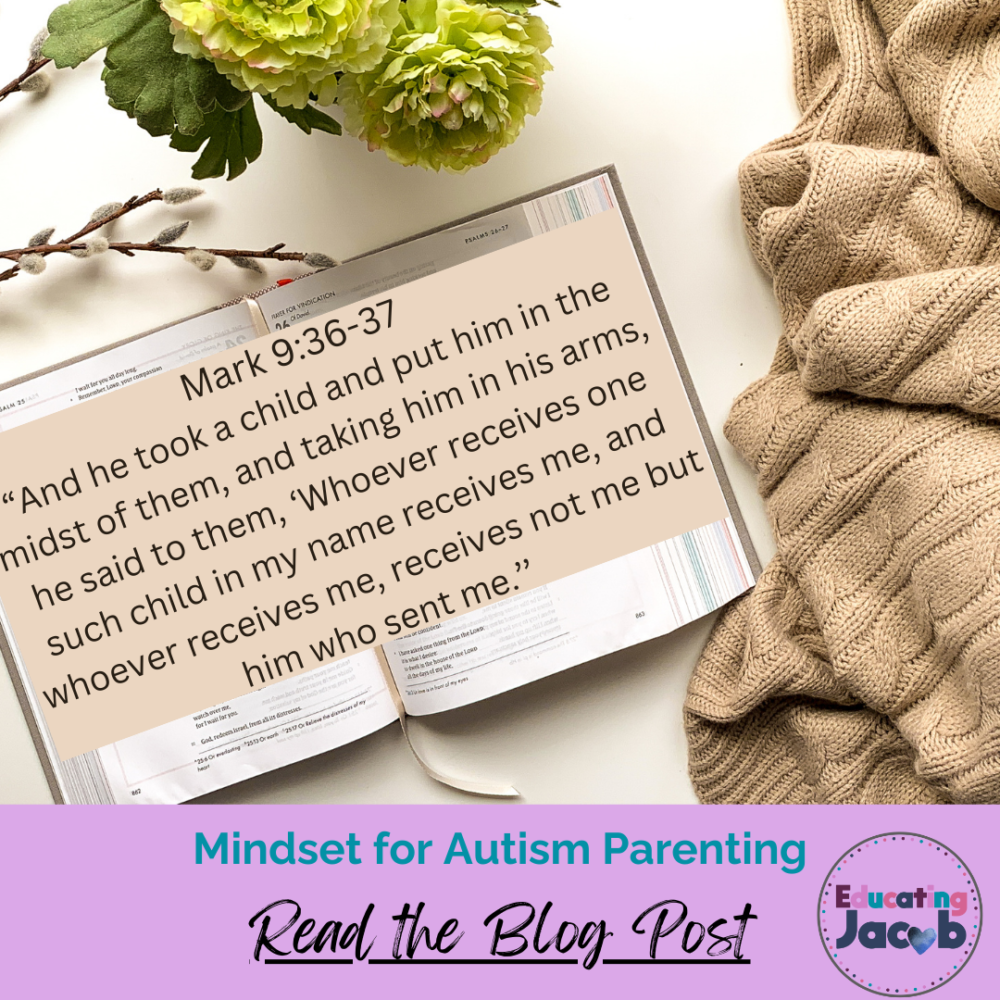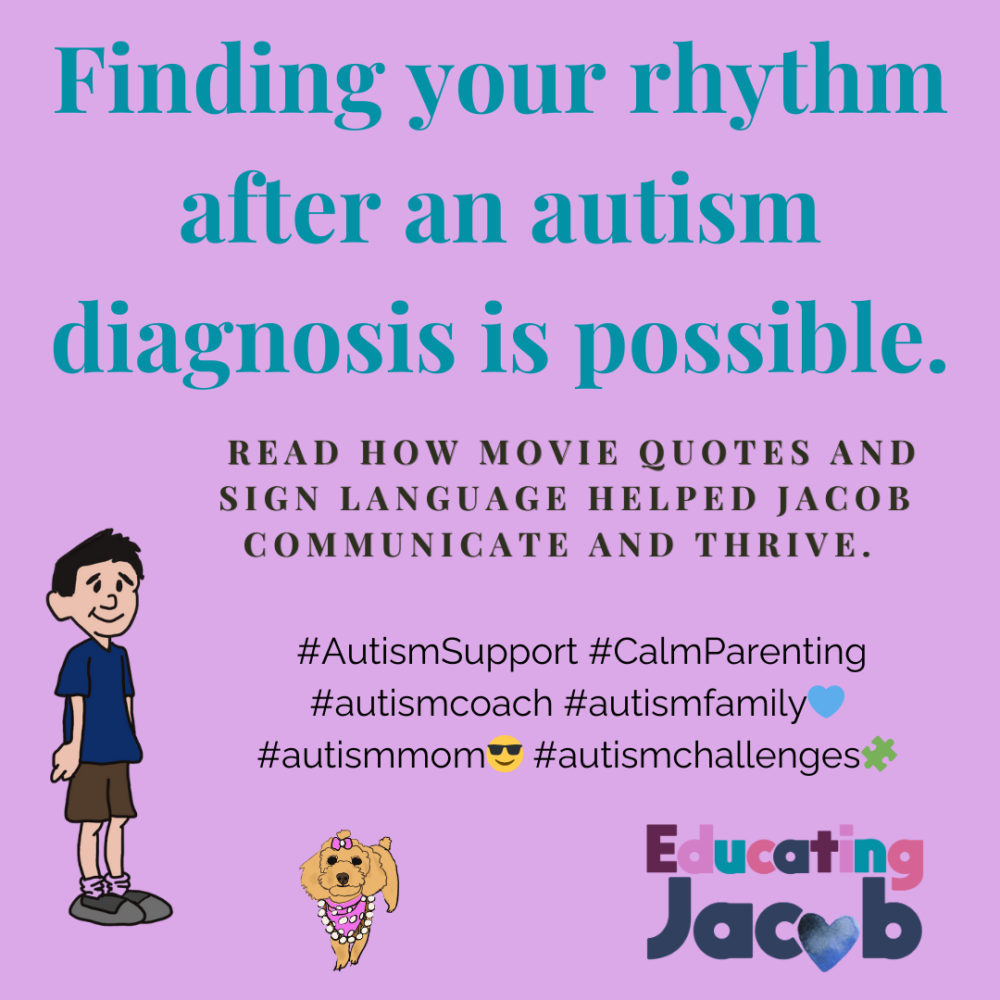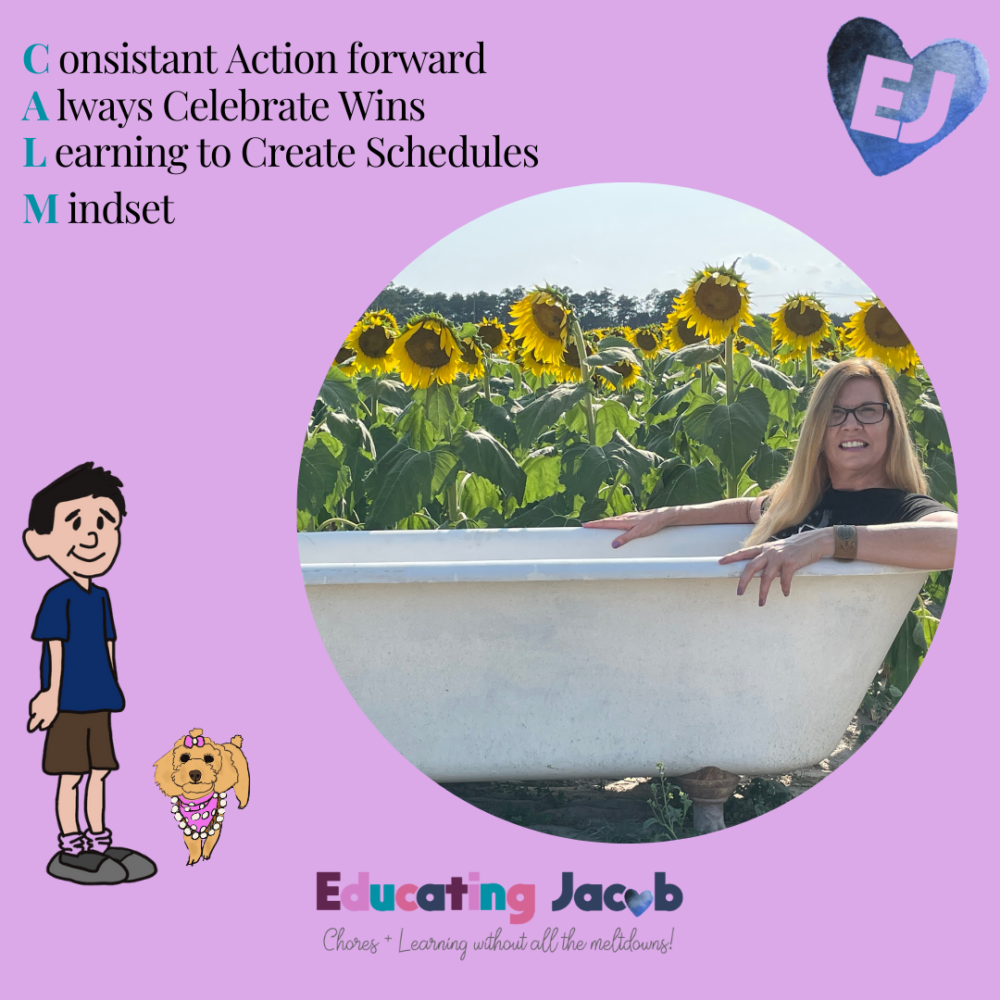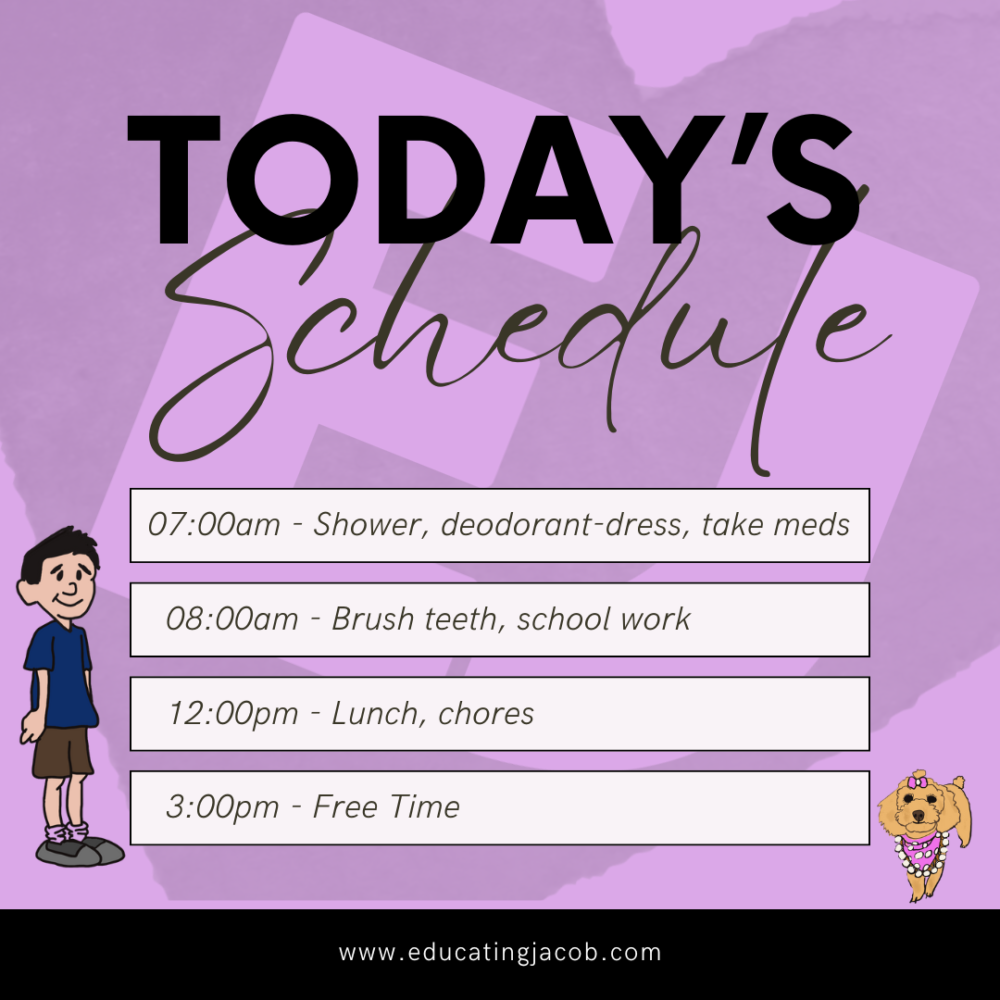Why I Started Educating Jacob: Support and Resources for Autism Families
Educating Jacob: Support and Resources for Autism Families

🎉 Today is a big milestone for me—my 60th birthday! 🎂 As I reflect on my journey, I feel called to share my story and why I started Educating Jacob. Being vulnerable isn’t always easy, but if my experiences can help even one struggling parent, then it’s worth it. Because I’ve been there—I’ve lived that fear, uncertainty, and overwhelming sense of not knowing what to do when my son Jacob was first diagnosed with autism. 💙 Visual Schedule Hacks for autism parents, Starting 2025 CALM!
The Early Years: Fear, Confusion, and the Search for Answers 🧩
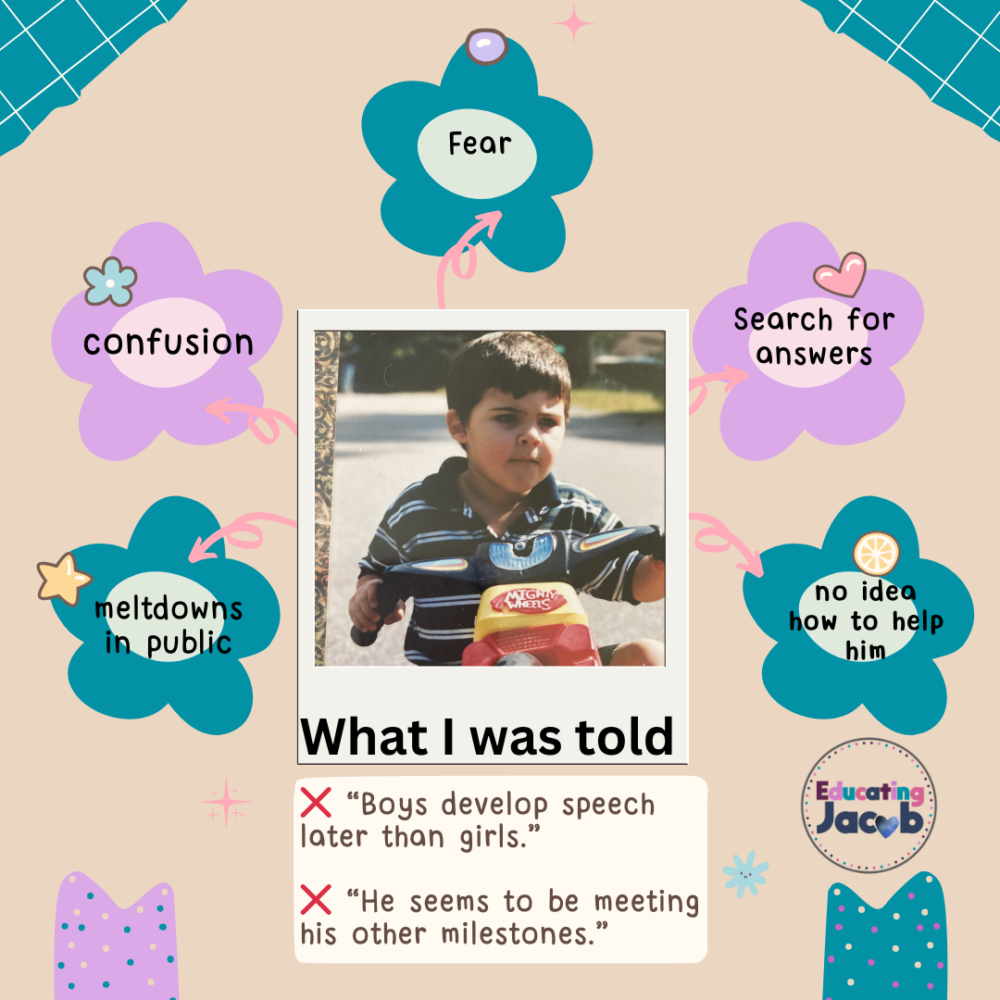
When we first received Jacob’s diagnosis, I was terrified. I had no idea how to help him. He would have meltdowns in public, struggle with changes, and his speech wasn’t developing the way his older brother Nicholas’s had. 😞
I received hugs and kisses, but no “Mama.” The milestones I had celebrated so naturally with my first child weren’t happening. I started pushing doctors for answers, but I kept hearing:
❌ “Boys develop speech later than girls.” ❌ “He seems to be meeting his other milestones.”
But deep down, I knew something was different. And so began the long waitlists, endless evaluations, and finally—the autism diagnosis.
Now, I had an answer. But I still had no clue how to help my child. 🤷♀️ 4 Things I Wish I Would Have Known After Getting the Autism Diagnosis
A Lack of Guidance, a Desire to Learn, and an Unexpected Truth 📚
At the time, I had no mentors to guide me. I had wonderful women in my life—my mom, aunts, and friends—but none of them had experience raising a child with autism. There was no one to say, “Try this. This worked for my child.” I felt alone, desperate for support and resources for autism families.
So, I made a big decision: ✅ I went back to school and earned a graduate degree in special education.
I thought it would give me all the answers I needed to help Jacob. But here’s the truth:
💸 Save your money.
A degree didn’t give me the magic solution—because autism is a spectrum. No textbook could tell me exactly what would work for Jacob. I learned useful tools, but when it came to real life, it was still trial and error.
Finding What Works: The Birth of Educating Jacob 🌱
Over time, I started figuring out what worked—not just for Jacob, but for our family as a whole. I learned how to reduce anxiety, minimize meltdowns, and create a home environment that was calm instead of chaotic. 🏡✨
Now, at 27 years old, Jacob’s life looks very different than it did back then. We still have challenges, but now we have a toolkit, a structure, and a way of doing things that brings peace instead of frustration.
This is why I started Educating Jacob.
I never want another parent to feel as lost, helpless, or alone as I did. If I can take everything I’ve learned—from raising Jacob, teaching other children with autism, and even homeschooling my own son—and pass that knowledge on, then I know I’m making a difference.
My Mission: Helping Families Thrive, Not Just Survive 💙

I want to be the mentor I never had—for parents who are still struggling, still looking for support and resources for autism families, still searching for answers and guidance in the chaos of autism parenting.
I want to tell parents: ✨ It gets better. ✨ You can do this. ✨ You don’t have to figure it out alone.
And most importantly, I want to help families find what works. Because when life starts going wrong and nothing seems to be working, we have two choices:
1️⃣ Keep doing the same thing and hope for different results. 2️⃣ Try something new.
And trying something new is what led me to create the CALM Framework—the foundation of Educating Jacob: ✔ C: Consistent Action Forward ✔ A: Always Celebrate Wins ✔ L: Learning to Create Schedules ✔ M: Mindset
These four pillars help guide families toward a life that is structured, peaceful, and full of hope. 🌟
The Autism Thrive Tribe: A Community of Support 🤝
One of the best things to come from this journey has been creating a community. I started the Autism Thrive Tribe to bring parents together—to support one another, share wins and struggles, and learn from each other’s experiences.
If you’re an autism parent or a teacher trying to support a child with autism, I invite you to join us. Because no one should have to figure this out alone. 💙
📢 Join here: [AUTISM THRIVE TRIBE]
A Birthday Reflection: Gratitude, Hope, and Looking Ahead 🎂
Today, as I turn 60, I look back on the years of struggle, learning, and growth—and I feel grateful. 🙏
💙 Grateful for my son, for the lessons he’s taught me, and for the opportunity to share those lessons with others. 💙 Grateful that our home is no longer filled with anxiety and constant meltdowns—but instead, with structure, peace, and love. 💙 Grateful that I have the chance to help other families find that same hope.
I won’t pretend that every day is easy. Autism parenting is a journey, and it comes with ups and downs. But I can tell you this—
✅ It is possible to find joy again. ✅ It is possible to go from surviving to thriving. ✅ And if you’re feeling lost right now, you’re not alone.
I see you. I’ve been you. And I’m here to help. 💙
Let’s Connect! 🌍
If my story resonates with you, I’d love for you to join me: 👉 Join the Autism Thrive Tribe – A supportive group for parents navigating autism. 👉 Follow Educating Jacob – For tips, encouragement, and practical strategies. 👉 Explore the CALM Frameworks – Learn how to create a structured, peaceful life for your child and your family.
On this special birthday, my wish is to bless someone else with what I’ve learned. Because together, we can make this journey so much easier. 💙
With love and gratitude,
Melissa Garcia
Founder, Educating Jacob

